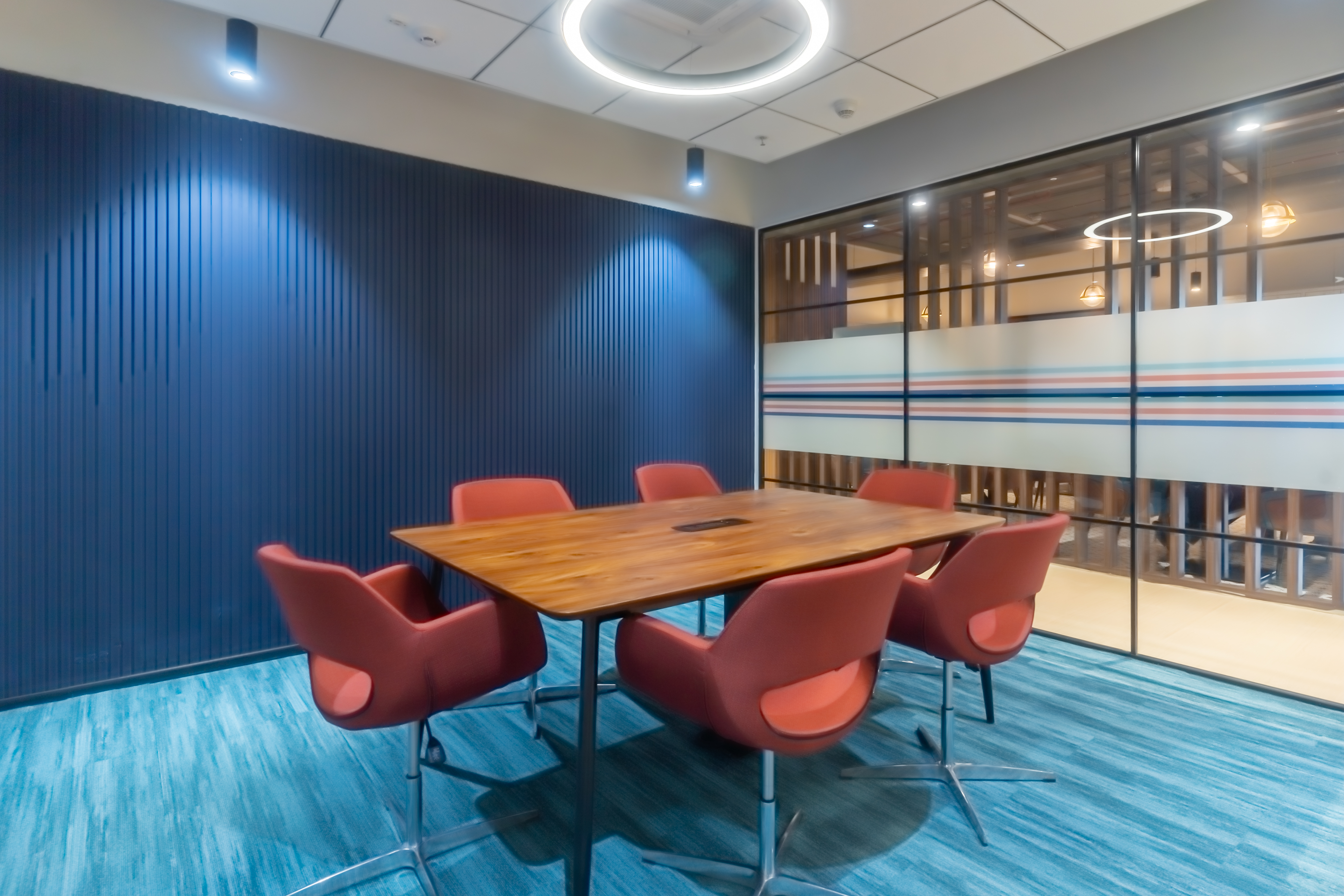With changing employee needs, the role of the workspace in attracting and retaining the right talent is becoming even more critical. There is a growing interest among employees to choose a workplace that aligns well with their need for flexibility, mental well-being, health and safety as well as maintaining a certain level of work-life balance. Hence, by accommodating the evolving needs of its employees, a company can distinguish itself from its competitors and attract top talent in today’s job market. While there are several factors that are crucial in deciding the right workplace for a potential employee, here are few needs that have emerged in recent years.
Flexible workspace
The global pandemic has disrupted the way we work. Employee expectations have evolved with flexibility at the core of their workplace needs. Employees are hardly looking for a traditional 9-5 office space. The option to work from anywhere or a co-working office is gaining popularity. Today it has become imperative for companies to invest in creating workspaces that cater to this new way of working. For instance, creating a flexible workspace that can be accessed by employees as and when required, with the option of hot desking, meeting rooms, and breakout areas. This provides employees with the freedom to work from wherever they choose, while still feeling connected to the company culture. Therefore, in order to maintain a competitive edge and attract the most suitable talent pool available in the market, it is vital for companies to acknowledge and respond to the increasing demand for flexibility.
Collaborative culture
Today companies need to consider the ability to promote collaboration and creativity. Gone are the days when office spaces are just about providing a desk and a computer. It is essential for organizations to proactively work towards creating an environment for collaboration and sharing ideas. This could mean creating spaces that are open, bright, and inspiring or investing in the right technology that allows for easy communication and collaboration, whether in-person or remotely. A company that fails to keep up with this aspect may fall behind in the competition to acquire the appropriate talent from the market.
Lesser commute time
Another growing demand among employees is convenient and hassle-free access to offices. To address this need, companies are implementing new workplace strategies such as the hub-and-spoke model. This model involves setting up several smaller workplaces across the city in addition to the main head office, providing employees with the flexibility to choose a convenient workspace that reduces commuting time and effort. It is essential for companies to consider the commuting time and convenience of their employees when adopting a workplace strategy. Failure to do so could result in a negative impression among employees and affect employee satisfaction and retention. Considering these factors and incorporating them in workplace strategies can attract the right talents and contribute to the growth and success of an organization.




